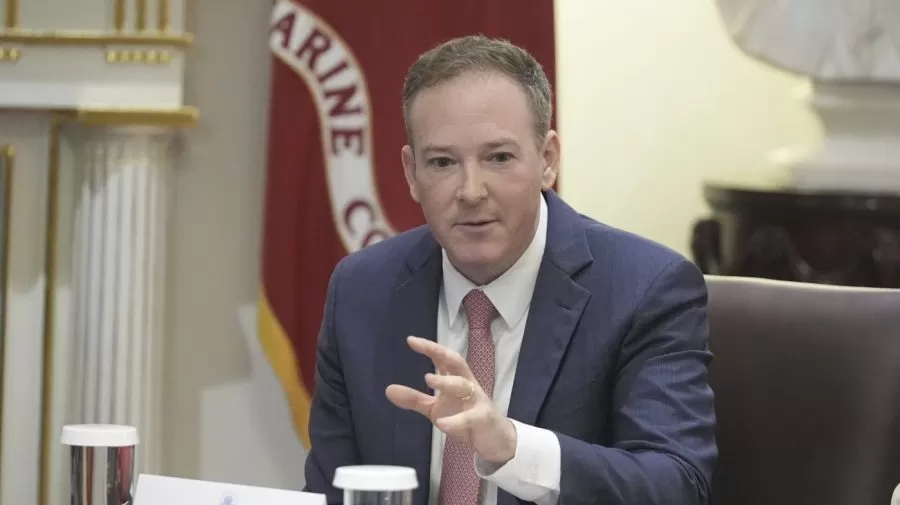Venice Turns Green: Controversial Protest Leads to Reported Ban for Climate Activist Greta Thunberg
Share- Nishadil
- November 26, 2025
- 0 Comments
- 3 minutes read
- 10 Views

Venice's Green Wake: Climate Activist Greta Thunberg Faces Reported Ban After Canal Protest
A shocking act of environmental protest saw Venice's Grand Canal dyed green, prompting swift condemnation and reports that renowned climate activist Greta Thunberg is now unwelcome in the city. The incident ignites debate on protest tactics and the future of climate activism.
Imagine waking up to Venice, not in its usual shimmering blues and grays, but a startling, almost fluorescent green. That's precisely what greeted residents and tourists alike recently, as the city's iconic Grand Canal transformed overnight into an emerald ribbon, all thanks to what authorities quickly identified as a brazen act of environmental protest. It wasn't just a fleeting moment; the vibrant, almost alien hue spread, capturing global attention and, frankly, sparking a good deal of outrage.
Now, while the exact individuals behind the green dye are still being fully determined, the incident was swiftly claimed by a group of environmental activists. And, almost immediately, the finger-pointing, or at least the strong association, began to fall upon the broader climate movement, with renowned Swedish activist Greta Thunberg finding herself squarely in the spotlight. Her past outspoken critiques, particularly of figures like former US President Donald Trump, often place her at the epicenter of environmental discussions, and this time, it seems, was no different. Reports soon surfaced, suggesting that Venetian authorities, perhaps in a fit of understandable frustration, were moving to declare her persona non grata – effectively banning her from the historic city.
This isn't just about a color change; it's about the implications. A reported ban for a figure as prominent as Thunberg, whether direct or symbolic, sends a powerful message. It underscores the growing tension between urgent climate activism and the preservation of delicate cultural heritage sites. Venetian officials, understandably protective of their unique city – a UNESCO World Heritage site constantly battling rising sea levels and overtourism – viewed the act as a defacement, a disrespectful and potentially harmful stunt rather than a legitimate call to action. The dye, while reportedly non-toxic, created a jarring visual and, more importantly, a public relations nightmare.
The incident reignites an age-old debate within the environmental movement itself: how far is too far? While some argue that such disruptive, visually arresting tactics are necessary to break through the noise and force people to pay attention, others worry that they alienate potential allies and detract from the core message of climate action. Does turning a historic canal green truly galvanize support, or does it merely provoke ire and defensive reactions from those whose attention activists seek to capture? It's a tricky balance, one that climate advocates continuously grapple with.
Venice, a city perpetually on the brink, is already a potent symbol of climate change's impending threats. Its struggles with acqua alta – high water – are well-documented, making it a particularly sensitive canvas for any climate-related protest. For Greta Thunberg, whose journey began with a school strike for climate and escalated into addressing world leaders, this reported ban marks another chapter in her often-controversial activism. It highlights the complexities of operating on a global stage where passionate advocacy can sometimes clash head-on with local sensitivities and regulations.
Ultimately, the greening of the Grand Canal, and the subsequent reports concerning Greta Thunberg, serve as a stark reminder of the escalating urgency of the climate crisis and the increasingly bold, sometimes polarizing, methods employed to bring it to the forefront. It’s a messy, passionate, and undeniably human struggle, playing out against the breathtaking, yet fragile, backdrop of one of the world's most beautiful cities. The dialogue, it seems, is far from over.
Disclaimer: This article was generated in part using artificial intelligence and may contain errors or omissions. The content is provided for informational purposes only and does not constitute professional advice. We makes no representations or warranties regarding its accuracy, completeness, or reliability. Readers are advised to verify the information independently before relying on







